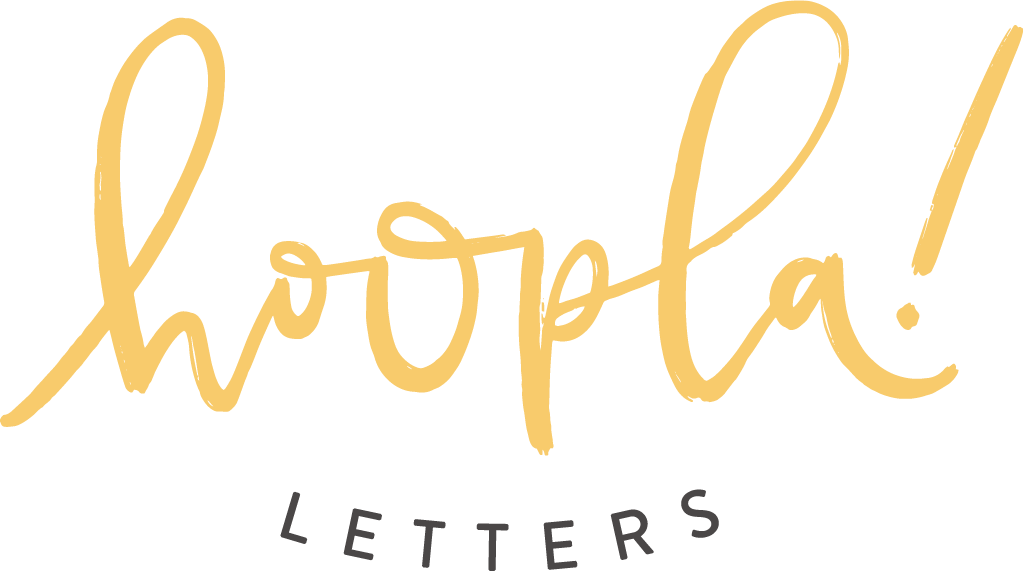FAQ: What is “seasoning” a chalkboard and how do I do it?
In this new FAQ series, I’ll be answering questions I often receive from my students, clients and followers. Have a question you want answered? Please submit to kim@hooplaletters.com with the subject line “FAQ Blog Series.”
You may have heard the term “seasoning” when researching how to prep your chalkboards. But what is it and why do you need to do it?
Let’s start with what it is. Sadly, no, it is not dusting your board with paprika and garlic salt. Seasoning, or priming, is the process of covering your board in a thin layer of chalk dust before you use it. This is why chalkboards rarely look perfectly black – they are covered in chalk before they are ever actually used.
So why do it? Seasoning your chalkboard will prevent your chalk designs from leaving permanent marks on your board. Here’s how. The surfaces of chalkboards are imperfect. Even if they are non-porous, they can still have little grooves or indentations on the surface. Chalk is a sneaky little beast and can easily cut stuck in those tiny crevices. If we don’t season the board, the chalk from our designs can get stuck in there, leaving a ghostly reminder of chalkboard past. BUT if we fill in those crevices with dust from the very beginning, all our designs will be chalked on an even surface and we’ll avoid any ghosting.
So how do we do it? First, you need to use the right type of chalk. My personal favorite chalkboard chalk is Crayola Dust-Free, but you’re going to want to skip that here – it doesn’t create enough dust to fill in those spaces. Any type of regular chalkboard chalk will do. Place the chalk along the long side, and cover the board in dust both horizontally and vertically to get into every nook and cranny. When you’re finished, use a soft cloth to remove all the excess chalk. Your board is now ready for a design!



A couple notes about seasoning different materials:
If your board is porous or it’s a chalk wall, seasoning will NOT prevent ghosting of chalk markers. You should still only use regular chalk on these types of surfaces.
If you are seasoning a chalk wall, be sure you have followed the curing instructions for the chalkboard paint you’re using. If you try to season it before it’s fully cured, you could have some problems.
I’ll be the first to admit I don’t season each and every board I use. I have found that acrylic boards don’t generally require it, so I’ve definitely skipped that step my fair share of times if I’m in a bit of a pinch. That particular material tends to have a pretty perfect surface, unless it’s been damaged in some way. That being said, it is better to be safe than sorry, so it’s probably better to do as I say and not as I (sometimes) do.
Have more questions about seasoning your chalkboards? Check out this very detailed blog post from VersaChalk! And if you have any questions about chalkboards in general, be sure to check out my post on How to Choose a Chalkboard – it’s got the low down on everything you need to know. About chalkboards, that is. It can’t help you decide what college to go to or what podcast to listen to.

